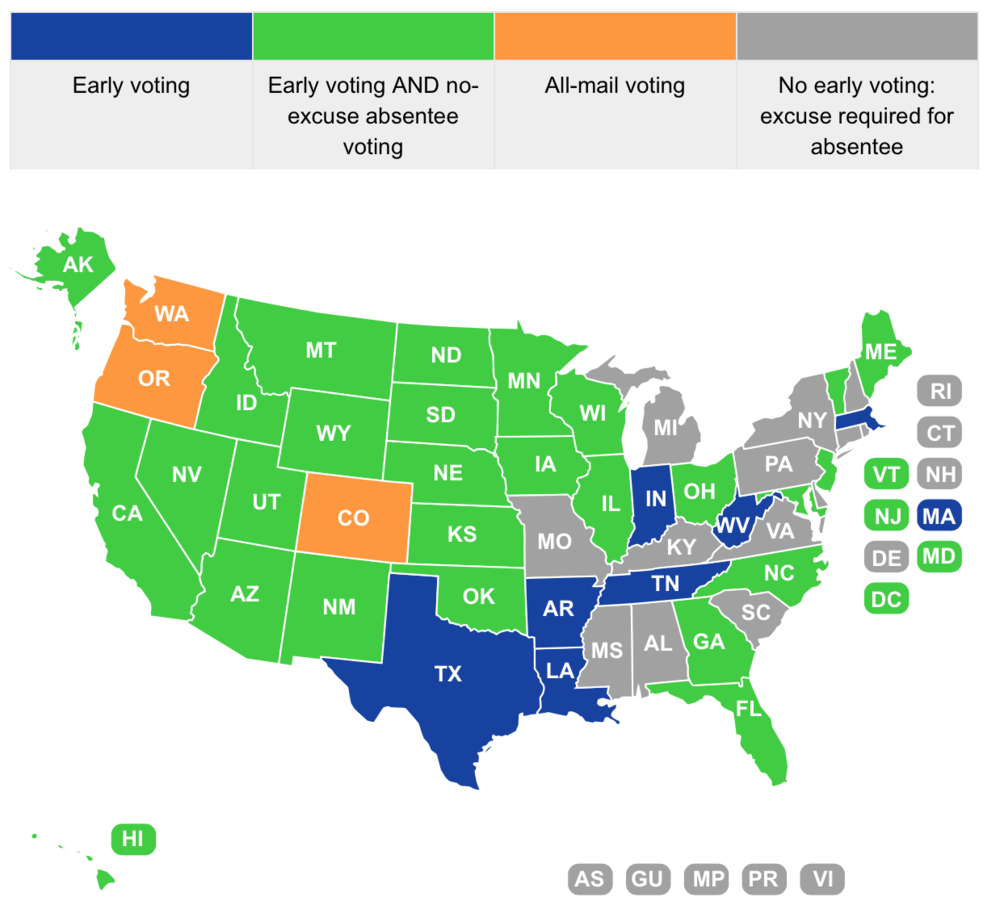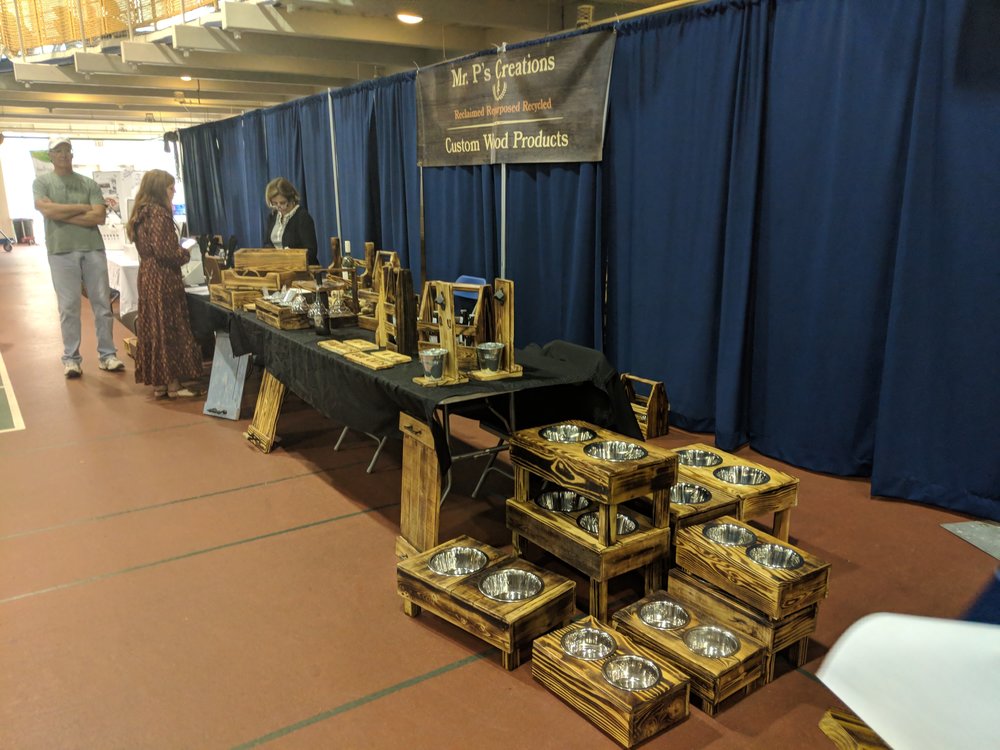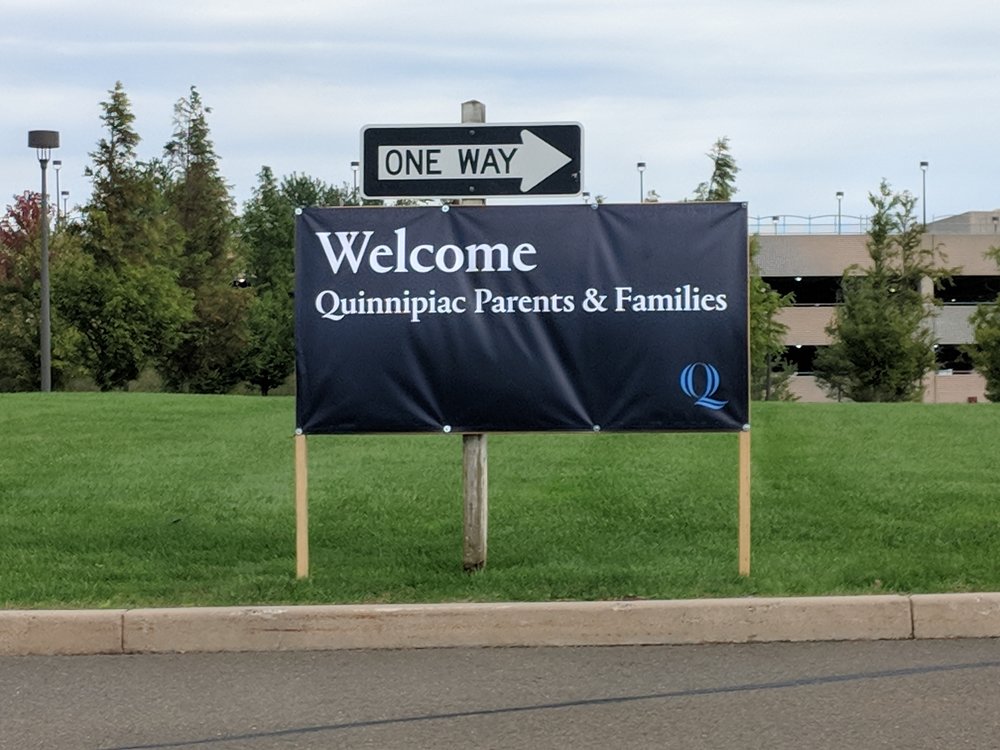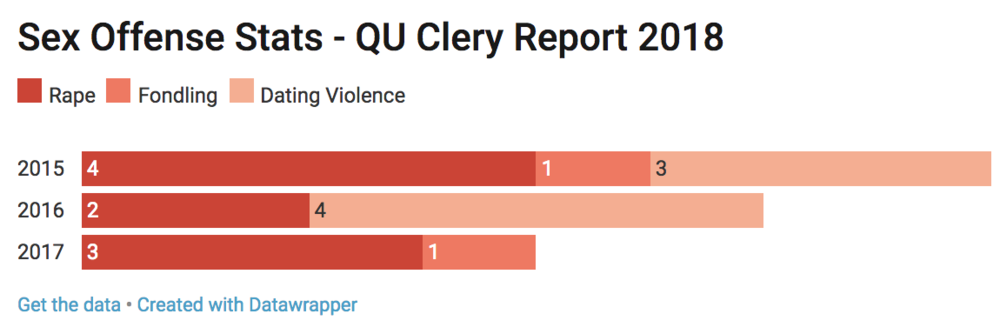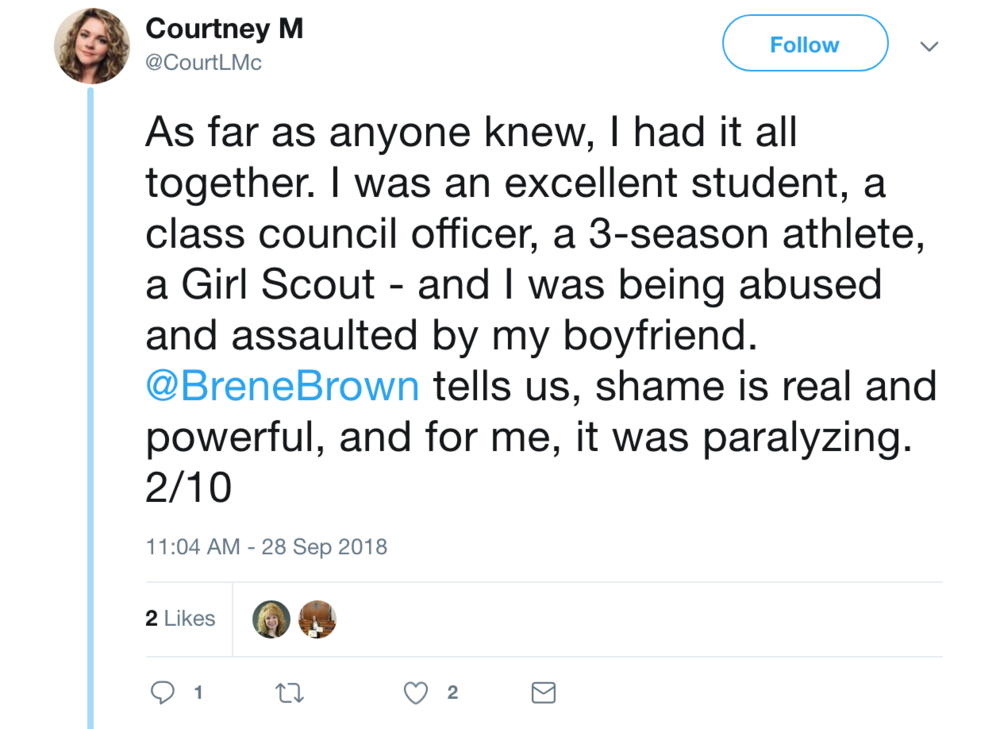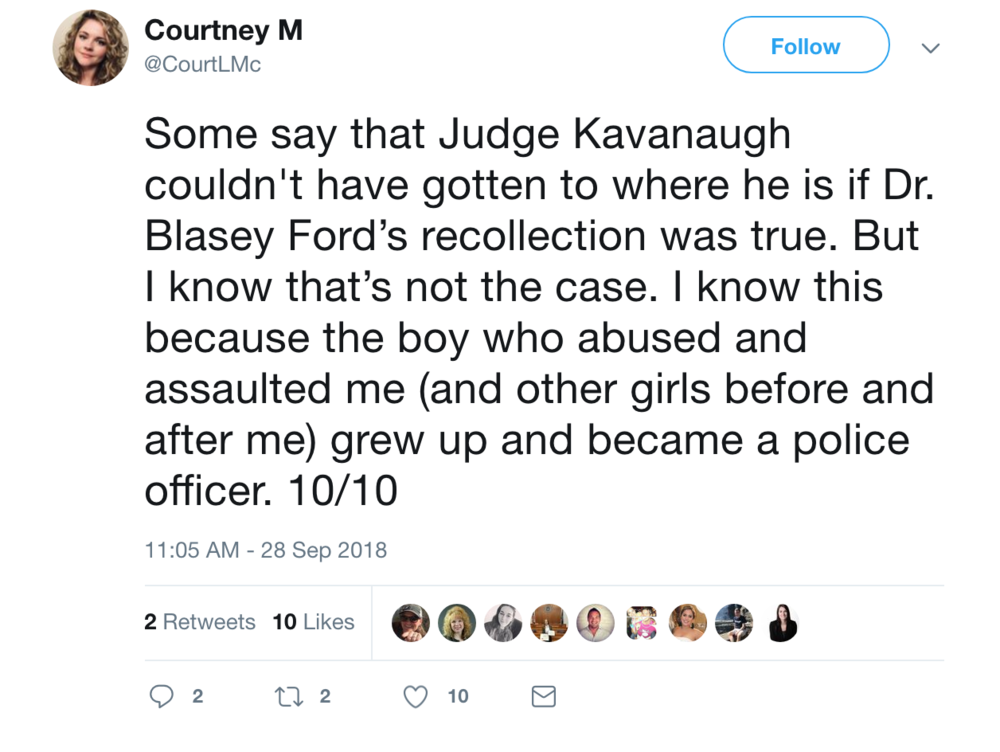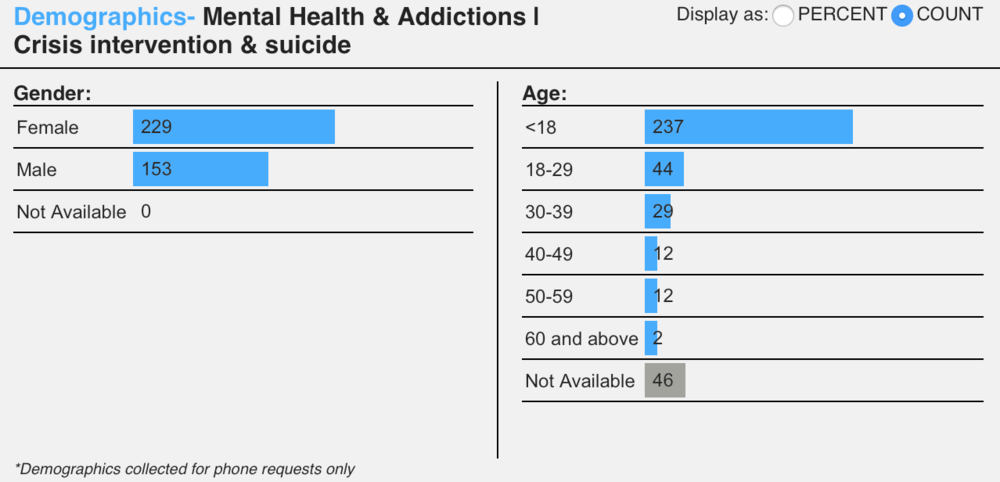By Sierra Goodwill
In the 2016 presidential election, approximately 50 percent of young citizens, aged 18-29, voted. Out of the 23.7 million millennial participants, it is estimated that 13 million voted for Hillary Clinton and nearly 9 million for Donald Trump.
These statistics, generated by Tufts University’s Center for Information and Research on Civic Learning and Engagement (CIRCLE), prove that there were still approximately 24 million young Americans that failed to get to the polls on election day.
Since the majority of 18-29 year olds who voted were in favor of the democratic candidate and the republican candidate won, many people are wondering if their vote even matters.
“With the way the electoral college is set up and the fact that Connecticut is such a democratic state anyways, it’s like my one little vote won’t do much,” University of Connecticut senior Adam Busa said.
However, students at Quinnipiac University have a different mindset.
M.J. Baird is a senior from Massachusetts who will be voting in the midterm election via absentee ballot this year.
“People think that their vote doesn’t matter when they live in states that are consistently blue or consistently red. At times I feel that way because in the grand scheme of things, never will one single vote make the difference,” Baird said. “However, a vote is an endorsement and is important to show an accurate representation of society.”
Massachusetts is an overwhelmingly blue voting state, but Baird said that shouldn’t keep people who want to vote red from casting their vote.
“If no republicans voted in this election because they knew their state was going blue and therefore continued in the belief that their vote didn’t matter, then there would be an inaccurate representation of the voter beliefs in that state,” he said. “Showing there are different viewpoints nationwide is crucial.”
America has become increasingly polarized since President Trump has taken office and issues where political parties have opposite stances are consistently discussed and argued; immigration, women’s rights, etc.

Josh Silverman, a senior at Quinnipiac, says that if you want to share your opinion or complain about what’s happening in our country, then you must also be willing to vote.
“I care to vote because I think if you are going to whine about what is going on, you have the responsibility to try to create change when you can,” Silverman said.
Baird echos that same sentiment.
“I cannot stand people who complain about the outcome of an election, but then say they didn’t vote,” he said. “Voting is a staple of our democracy and a civic duty people need to fulfill no matter what their views are or what state they live in. I vote so I can be a relevant and informed member of society.”
Midterm elections are quickly approaching and Silverman says he’s going to try and get all of his friends off the couch and into the polls on Nov. 6.
“My roommates and friends, especially the ones from Connecticut, will probably be annoyed with me for midterm elections because I’m going to annoy them until they get up and vote,” he said. “Or else I just won’t listen to them the next time they make political comments.”
A main reason, however, that the younger generation decides not to cast a vote is feeling like the issues at hand don’t affect their daily lives yet.
“I don’t plan on voting because I haven’t educated myself enough to have an opinion since I haven’t been on my own very long,” recent Quinnipiac graduate Julia Zarrilli said. “In the next couple years when I feel like things will start to affect me more, I’ll be able to form a more educated opinion on who to vote for.”
